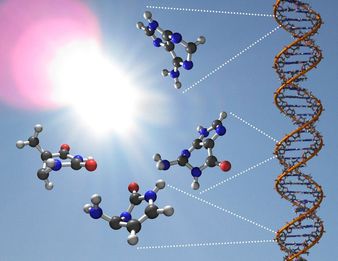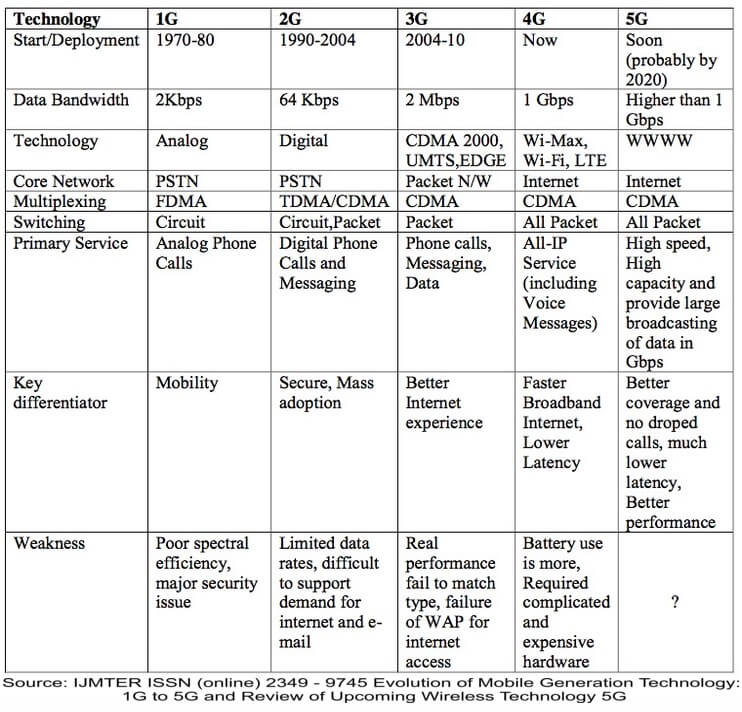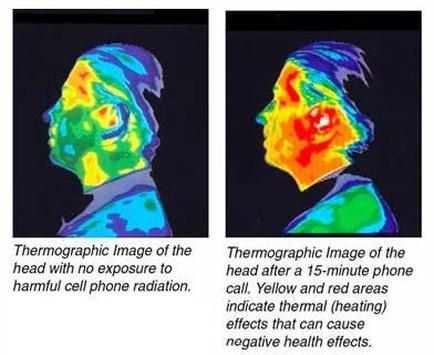|
0 Comments
 There has been a revived energy revolution movement going on around the world over the past 20 years and strongest in the past year, that has not been covered or reported by mainstream press, established scientific journals or university research publications. Most of the discoveries have been made by curious, ingenious minds, who on many occasions have observed experimental results in cold fusion, superconductivity, and magnetic motors which appear to violate present laws of physics, chemistry and electrodynamics. A term has been used to describe such phenomena, is called over-unity energy or free energy, which in many cases means getting more energy out of a system or reaction (magnetic motor or cold fusion reaction) than appears to be put into it. A better explanation is that excess energy is being accessed from as yet not completely explained source. (Note: An atom bomb is an over-unity device which gets a tremendous amount of dirty energy out, in the form of harmful radiation, than is needed to trigger the reaction.) The first question that usually pops into a skeptic's mind is that if the technology is for real and discoveries have been made, such as Pons & Flieschman's cold fusion cell or Rory Johnson's fusion magnetic motor, why has it not been reported or mass produced for use by our energy-hungry world? The answer is suppression. What do we mean by suppression? Suppression can be an active type -- where a corporation or oil company or OPEC, who does not want the invention marketed, will blow up or destroy the lab and the invention and threaten to kill the inventor if he again attempts to market the revolutionary device. The other type of suppression is the passive type where a competing company, who has big bucks, such as some of the major oil companies, will come in and buy out a patent with no intention of bringing it to market until the demand for oil greatly exceeds the supply and gas prices soar, then they will start marketing a 100 mpg carburetor for ICE (Internal Combustion Engines). Other types of passive suppression include universities which are receiving big funding from oil or nuclear establishment sources, refusing to do research, or muzzling bright professors (by withholding tenure) from publishing theories and results as to the what, how's, and whys of these over-unity motors and cold fusion reactions. Or the example where a Patent office refuses to grant patents in revolutionary technology, claiming perpetual motion machines, s they see them, aren't patentable, or if they are patentable, that they can place a secrecy order or gag order on the patent, which prohibits the inventor from disclosing any information to anyone for such disclosure might be detrimental to national security. The following suppression stories you are about to read are true, to the best of our knowledge, but the names and places have been changed to protect the innocent. This information will hopefully give you some reasons why this over-unity technology has not reached worldwide attention or use. Perhaps perpetrators of this much-needed new energy technology suppression will consider reversing their policy and incorporate this technology into their business structure for a future profitable enterprise. Such technology can restore Mother Earth, which seems to be in great agony right now, with hot fusion, (nuclear power plants), blowing up, and/or radiation byproducts seeping into water tables in the Russian Arctic or at Hanford, Washington, where radioactive waste seems to be seeping into the Columbia River. In the case of oil spills such as the Exxon Valdez tanker spill, or the U.K. oil tanker spill, these major environmental accidents have destroyed pristine fish and wildlife breeding founds. What is good for the multinational oil companies, OPEC, and nuclear power plants may not necessarily be good for Mother Earth, the nation's human and animal health, or emerging countries whose energy resources are being exploited and their environment, such as the Russian Arctic tundra and South American jungles, destroyed for our short-term, consume-consume energy fling.  Are cosmic rays capable of altering human DNA? Are cosmic rays capable of altering human DNA? By Zach Royer Seventy million years ago, the earth was inhabited by giant reptiles: gigantic lizards, colossal saurains, who slithered, swam, flew. Their reign lasted one hundred million years - whereas, according to the most optimistic estimates, man has had barely six million years. This means that these species of reptiles had in order to become adapted and to evolve, an infinitely longer time than man. Furthermore, it is impossible to pretend that they represented an evolutionary failure: any species that lasts a hundred million years must be considered to be fully adapted. Yet few species that were contemporaries of those reptiles survive -- for example, certain crabs, which have not changed in three hundred million years. In fact, in less than one million years the giant reptiles entirely disappeared. How and Why? We can scarcely maintain that it was because a change in climate; for even when the climate changes, the oceans hardly vary, and many of these reptiles lived in the oceans. It is impossible to believe that a higher form of life was able to exterminate them. This would have required a considerable army, whose traces we would certainly have found. One amusing hypothesis is that our ancestors, the mammals, might have fed on dinosaur eggs. But it is only that: an amusing hypothesis: the icthyosaurs deposited their eggs in the oceans, out of their adversaries' reach. It has been said that the grasses changed, and that the new grasses were too tough for the big reptiles. A completely unlikely hypothesis: large numbers of vegetation types have survived, on which they could have fed perfectly well. The giant tortoises of the Galapagos Islands, the ones that interested Darwin so much, did not die of hunger. One could say that species grow old, become senile, and die. But this is bad logic: the preservation of the genetic code prevents a species from dying out. And why haven't those species that are still living after several hundred millions of years, such as crabs and cockroaches, become senile too? None of these hypotheses hold. But something happened. What then? An ingenious hypothesis has been outlined by two Soviet scientists, V. I. Krasovkii and I. S. Chklovski, both of whom are eminent astrophysicists -- especially the latter, who is the author of some extremely important works in astrophysics and radio astronomy. It was Chklovski, in fact, who studied synchotron radiation and showed that relatively rapid and extremely violent events can be produced at the center of galaxies as well as in space in general. Like it or not we’re rapidly moving into the world of 5G, or 5th generation cellular telecommunications. Why? Because the frequency bandwidths used currently by cell phones and similar technologies are becoming saturated. And also because we live in a world where people want more. 5G, and the Internet of Things (IoT) that goes with it, promises to give us more.
But more what? Super-Fast Download Speeds 5G and IoT promises to connect us in our homes, schools, workplaces, cities, parks and open spaces to over a trillion objects around the world. It promises cars that drive themselves, washing machines that order their own washing powder and softener plus of course super fast downloads and streaming. According to Fortune.com 5G will support at least 100 billion devices and will be 10 to 100 times faster than current 4G technology. (4G was already about 10 times faster than 3G). It’ll bring download speed up to 10 Gigabits per second. This would let us have an entire building of people send each other data in close to no time, thus improving productivity. What is 5G? 5G offers mind-blowing data capabilities, practically unrestricted call volumes and near infinite data broadcast. It does this by 5G using largely untapped bandwidth of the millimeter wave (MMW), which is between 30GHz and 300GHz, as well as some lower and mid-range frequencies. This table compares the different generations of mobile technologies: 
(AA) A government-funded study says radiation from mobile phones can change the way brains process sugar.
Is that a big deal? The scientists aren't sure, according to media giant CNN Health's (fake news) report. But our story has some scary tidbits. Like this quote, from Dr. Nora Volkow, the Journal of the American Medical Association study's lead author and a neuroscientist at the National Institutes of Health: "The human brain is sensitive to the electromagnetic radiation emitted by cell phones, but for the brain to be impacted the cell phone has to be close to the antenna. So keep your brain away from the antenna." In layman's terms: "It's better to be safe than sorry," she says. Despite years of research, there's still no conclusive proof cell phone radiation causes cancer and other health problems in the brain. Studies, some of them funded by the wireless industry, have produced contradictory findings. But the nearly ubiquitous devices haven't been proven 100% safe either. So, for the sake of argument, let's say you are worried about this and you do want to "keep your brain away from the antenna." How do you actually do that? |
News Watch
Mind-opening news articles, editorials, videos & apparel that inspire our readers and help liberate them from the status quo. Stay informed.
Write For UsSpace WatchTop NewsNews Watch Categories
All
|
|
|
HAVE A TIP OR STORY TO TELL? JOIN TODAY & SHARE YOUR STORY!
If you have a breaking news tip or idea, please email: [email protected] Apparently Apparel® is a registered trade name and part of the ZOAT International® brands network. © 2007-2023. All Rights Reserved. Privacy Policy. All art & news content posted on this site is commentary or opinion and is protected under Free Speech. ApparentlyApparel.com is not responsible for content written by contributing artists, authors or news feeds. The information on this site is provided for educational and entertainment purposes only. It is not intended as a substitute for professional advice of any kind. ApparentlyApparel.com assumes no responsibility for the use or misuse of this material.
|
|










